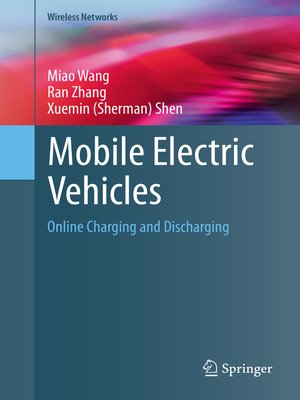
Sign up to save your library
With an OverDrive account, you can save your favorite libraries for at-a-glance information about availability. Find out more about OverDrive accounts.
Find this title in Libby, the library reading app by OverDrive.



Search for a digital library with this title
Title found at these libraries:
| Library Name | Distance |
|---|---|
| Loading... |
This book examines recent research on designing online charging and discharging strategies for mobile electric vehicles (EVs) in smart grid. First, the architecture and applications are provided. Then, the authors review the existing works on charging and discharging strategy design for EVs. Critical challenges and research problems are identified. Promising solutions are proposed to accommodate the issues of high EV mobility, vehicle range anxiety, and power systems overload.
The authors investigate innovating charging and discharging potentials for mobile EVS based on real-time information collections (via VANETS and/or cellular networks) and offer the power system adjustable load management methods. Several innovative charging/discharging strategy designs to address the challenging issues in smart grid, i.e., overload avoidance and range anxiety for individual EVs, are presented. This book presents an alternative and promising way to release the pressure of the power grid caused by peak-time EV charging demand.
Mobile Electric Vehicles: Online Charging and Discharging provides valuable insights on charging/ discharging strategy design for mobile EVs and the power system management in a smart grid. The authors' findings indicate that the proposed strategies considerably outperform the traditional EV charging strategies without real-time collections on the metrics of the overall energy utilizat
ion, the average EV travel cost and the number of successfully charged EVs. Research and graduate students who are working on smart grid and vehicular communication will find this book a valuable resource. Customs and systems operators will also find this book useful.






